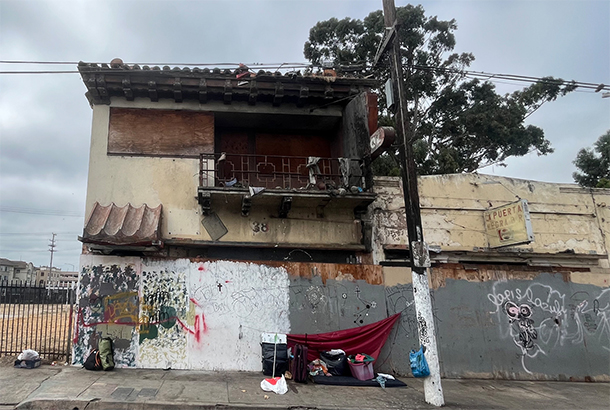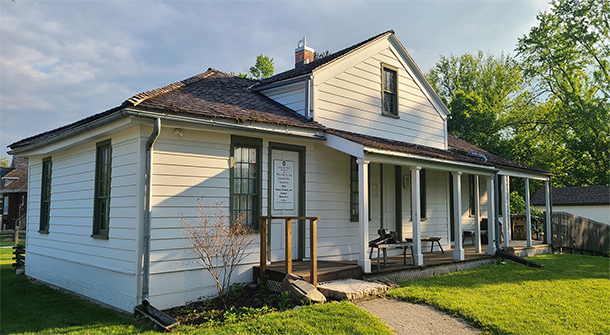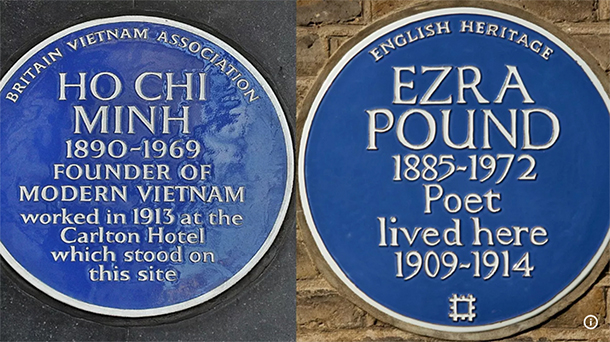
38 Soledad Street in Salinas Chinatown was recently red-tagged following TEF and Groundwork Preservation’s finding that the building is historically significant at local and national levels.
At the recent California Preservation Foundation’s Annual Conference in Sacramento, I presented on a panel discussing TEF’s work with the city of Salinas to revive its blighted Chinatown neighborhood. I challenged the audience to consider when a building is too deteriorated to advocate that it be maintained in place—even when it has been deemed significant. This may seem somewhat controversial, but my question was a direct reflection of an evolution in thinking about historic integrity.
A few months ago, I picked up The Relevancy Guidebook: How We Can Transform the Future of Preservation, an essay collection by Bonnie McDonald, the president and chief executive officer of Landmarks Illinois. In it, McDonald challenges our profession’s reliance on the presence of intact historic fabric to evaluate integrity: “Preservation professionals learn that the integrity criterion measures how much original material remains to tell the story of the place’s significance. Our practice assesses when these changes cross what is essentially a subjective line of when a property does, or does not, convey its significance — that is, if a person can, or cannot, understand when a place is historic.” She goes on to argue that we place the protection of historic material over the needs of the people living in and maintaining the buildings.
I agree that preservation is inherently subjective. How do we know when a building has changed too much to convey its integrity? Does a building have to stay exactly the way it looked within a defined period of history to hold value? I’m reminded of author Stewart Brand’s argument that while the age of a building makes it inherently valued, the ever-changing nature of buildings tells a story of our collective values as well.

But how do we evaluate the appropriateness of proposed changes if we don’t tie a building’s significance to the way that it looks or identify character-defining features? How will we distinguish historic fabric from new? The Relevancy Guidebook points out that not all stewards of historic places can afford to upkeep a building or restore it to the way it once looked. Does this make these places inherently less valuable? Maybe we should be more willing to accept changes over time or some missing or lost features in a historic building. Arguably, we might come to appreciate those alterations over time.
Historic England has a “Blue Plaque Scheme” that “celebrates people…who have made a significant contribution to human welfare or happiness, and/or have made an exceptional impact in their field, community or wider society.” Each plaque “is a tangible, physical link connecting people to place through a building that was part of their story and is still standing.” This feels like a way to acknowledge that all people and cultures should be allowed the benefits and protection a designation can give.
 Examples of the UK’s National Blue Plaque Scheme. Designed to spark curiosity in people of all ages and backgrounds, each plaque is a tangible connection to history through the stories of people and place. ©Wikimedia Commons
Examples of the UK’s National Blue Plaque Scheme. Designed to spark curiosity in people of all ages and backgrounds, each plaque is a tangible connection to history through the stories of people and place. ©Wikimedia Commons
Native American tribes are finding ways to tell their stories when so much of their physical history has been unjustly erased. The American Indian Cultural District in San Francisco has considered renaming streets, creating walking tours and murals, and using their platform to elevate American Indian organizations, businesses, cultural sites, and community leaders in the city.
The Relevancy Guidebook also points to Historic England’s process of evaluating buildings, with three grades ranging from “special interest” to “exceptional special interest.” Perhaps a similar system can help us distinguish between those resources that have intact historic fabric and those that don’t. Maybe then it would be okay to establish the significance of a badly deteriorated historic building, document it, salvage a portion, or just let it go, with the understanding that it could be rebuilt in the future— similar to what we are considering in Salinas Chinatown.
I don’t know how to answer some of the questions I’ve posed about evaluating proposed changes or distinguishing new fabric from old, but I do know that we need to collectively challenge our thinking in order to stay relevant and be more inclusive. We should reconsider historic integrity and question if the presence of historic fabric is a mandatory part of the determination.